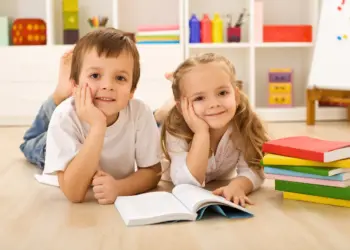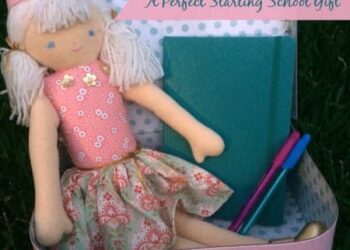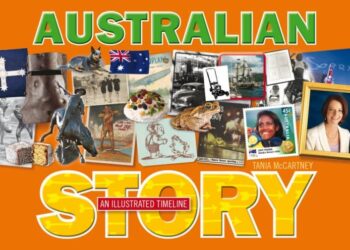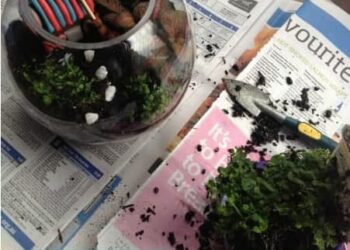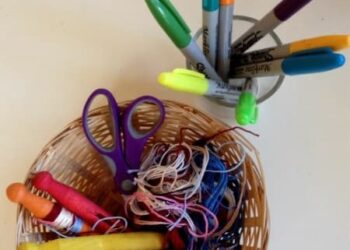Phonological awareness and phonemic awareness are both important ingredients for reading. However, the two terms are often confused; probably because the two words look and sound similar. They both share the morpheme, phono, which is a Greek word meaning “voice, sound.” So, the important similarity between these words is that they both relate to what we HEAR in words.
Phonological Awareness is a more general umbrella term that includes a range of skills and understandings relating to the PARTS of spoken words.
Whereas, phonemic awareness is specific sub-skill of phonological awareness, relating to SINGLE SOUNDS within words. We will discuss phonemic awareness more specifically in the next post.

WHY IS PHONOLOGICAL AWARENESS IMPORTANT
As mentioned above, phonological awareness relates to what we HEAR in words. Without being able to hear parts and sounds of words, letter-sound relationships make no sense and therefore reading is not possible. Once children can hear a sound, they can then match it to a visual letter, hence developing knowledge of letter-sound relationships. It is important not to rush into direct instruction of phonics (letters-sound relationships) before a child has developed phonological awareness.
Remember though that developing phonological awareness can take place incidentally with very young children. It often takes the form of aural/verbal tasks and can most definitely be PLAYFUL.
INDICATORS OF PHONOLOGICAL AWARENESS
Please note: The definition of terms in bold text can be found in the glossary I published at the start of this A to Z of Learning to Read series.
Having phonological awareness means:
- Being aware of how voice sounds are produced (vowels vs. consonants).
- Isolating and hearing individual sounds in words (beginning with the first and last sounds in words).
- Identifying repetitive sounds in stories (e.g. rhyme and/or alliteration).
- Identifying and producing rhyming words (even if they are silly, nonsense words).
- Identifying and grouping words that share similar features (i.e. the same starting sounds, blends, letter patterns, rimes, morphemes, prefixes or suffixes)
- Breaking or separating words into chunks (i.e. Onset and rime; syllables; morphemes, prefixes, suffixes or separating compound words).
- Playing with sounds, more specifically, isolating, segmenting, blending, deleting and substituting individual sounds in words. We will cover these skills with more detail in the next post.
TIPS FOR DEVELOPING PHONOLOGICAL AWARENESS
There are so many incredible ideas being shared by educators and parents on the internet, making them easy to find. I’ve listed a few ideas below, but also check out my PHONOLOGICAL AWARENESS Pinterest board. Otherwise, searching for any of the terms I’ve highlighted in this post will yield many ideas for you.
Note: These ideas are mainly aural/verbal activities. The visual prompts and activities can be introduced when children begin to recognise letters of the alphabet and letter-sound relationships (phonics).
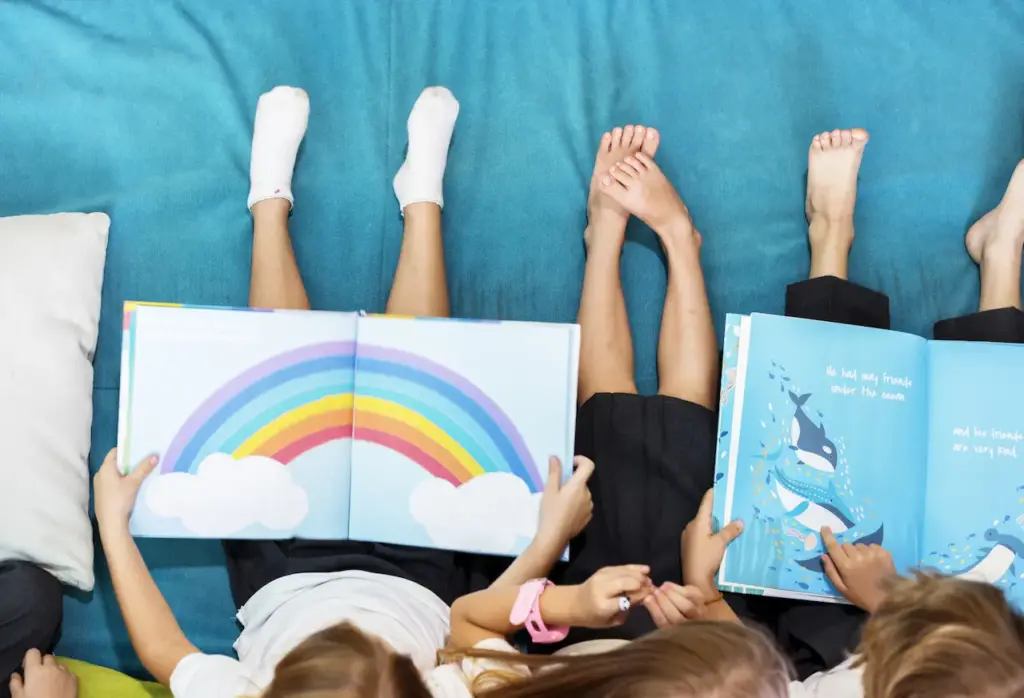
- Read books that have rhyming and repetitive text. Try letting your child finish the rhyming sentences (There are some examples in this book list for toddlers).
- Read these books over and over again (this will help children to recognise and consolidate sounds, letters and letter-sound relationships).
- Read and sing nursery rhymes.
- Make up silly/nonsense rhyming words.
- Hunt for alliteration in books (When children hear and begin to identify alliteration, they are developing an awareness of sound; learning which sounds are represented by particular letters; and recognising that individual sounds can be represented by different letters and letter combinations).
- Make up your own alliterative and rhyming sentences. They don’t need to make sense.
- Play games that allow children to identify and match rhymes. Start with games such as Rhyme Toss that don’t require children to be able to read words.
- Visually demonstrate first and last sounds by writing separate sounds on individual blocks or train carriages.
- Play verbal games such as I Spy or First and Last Sound Tennis
- I Spy should focus on the first sound of a word (as opposed to the first letter in a word). E.g. I spy with my little eye something beginning with /ch/.
- Playing First and Last Sound Tennis sees two people create a word chain.
a) Player One starts the game by saying a word.
b) Player Two must listen carefully for the last sound in the word. Their next word must begin with this sound (i.e. the last sound in their opponent’s word).
c) Players go back and forth beginning words with the last sound they heard in their opponent’s word.
E.g. Duck(/k/) + kite(/t/)+ tin(/n/)+ nice(/s) + sausage(/j/) + jump(/p/) + pig(/g/) + gorilla(/a/) etc.- First and Last Sound scavenger hunts and races.
- Children who are beginning or can recognise letters of the alphabet and letter-sound relationships could play First and Last Sounds board games and puzzles (e.g. Letter Sound Tic Tac Toe, Beginning Sounds Match-Up, Mix and Match Alphabet, Initial Consonant Bingo)
- Show you can hear parts of a word (onset and rime or syllables) with the use of an instrument (E.g. using a drum)
- Identify words with similar phonological features (e.g. letter patterns) by throwing bean bags onto word cards (Learning to recognising familiar letter patterns will help children to decode words more fluently with time).
- Sort and create groups of words with similar features (Check out this word family activity from Creative Family Fun).
- Build towers of words with similar features using Duplo or Lego blocks.
- Although too difficult for children who haven’t learnt letter-sound relationships, you could explore alongside your child (by reading to them) combinations of word parts by using own tools that allow you to substitute parts of words. Try:
- Word Rolls ( Make your own with instructions from Laughing Kids Learn)
- Word Family Flip Books (Instructions at Just for Daisy) or similar products are available for purchase if you are unable to make your own (E.g. Word Family Flip Books or Modular Flip Chart)
- Paint Chip Word Cards
- Word Construction Bolts
- Word Family Picture Wheels
- Word Building Dominoes (Recognising morphemes can help children to understand the meanings of words, and they can be more easily recognised in other words.)
- Going further once more (again, this is for children who have or are beginning to understand letter-sound relationships), give children loose manipulatives labelled with individual sounds and word families and invite them to build and play with words. Rocks, bottle tops and Lego allow children to blend sounds to create a word (You could ask them to build a word that starts with a particular sound); deleting sounds to make new words, replacing a sound with another sound or making up their own words. Visit Childhood 101 for 7 Word Building Ideas. (These skills are part of phonemic awareness, which we will discuss again in the next post).



